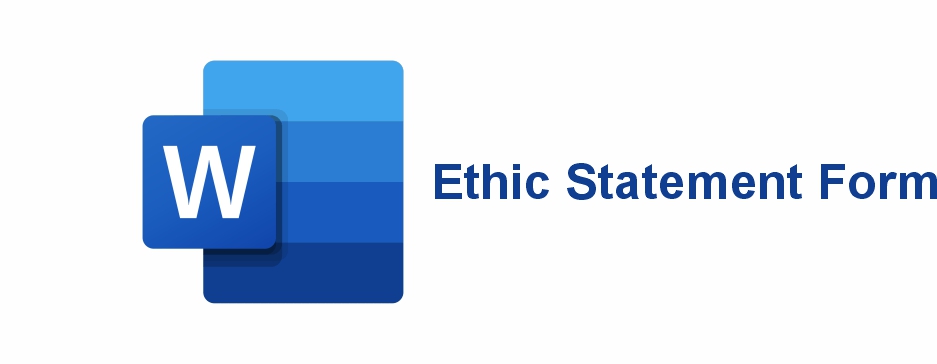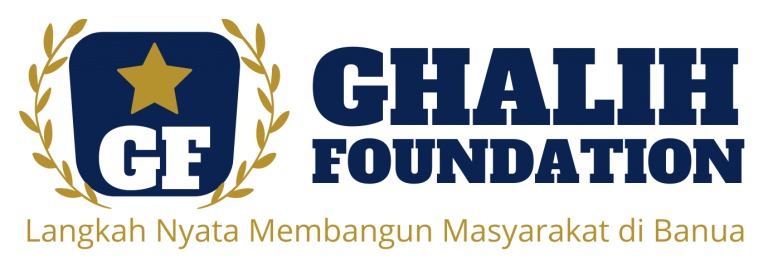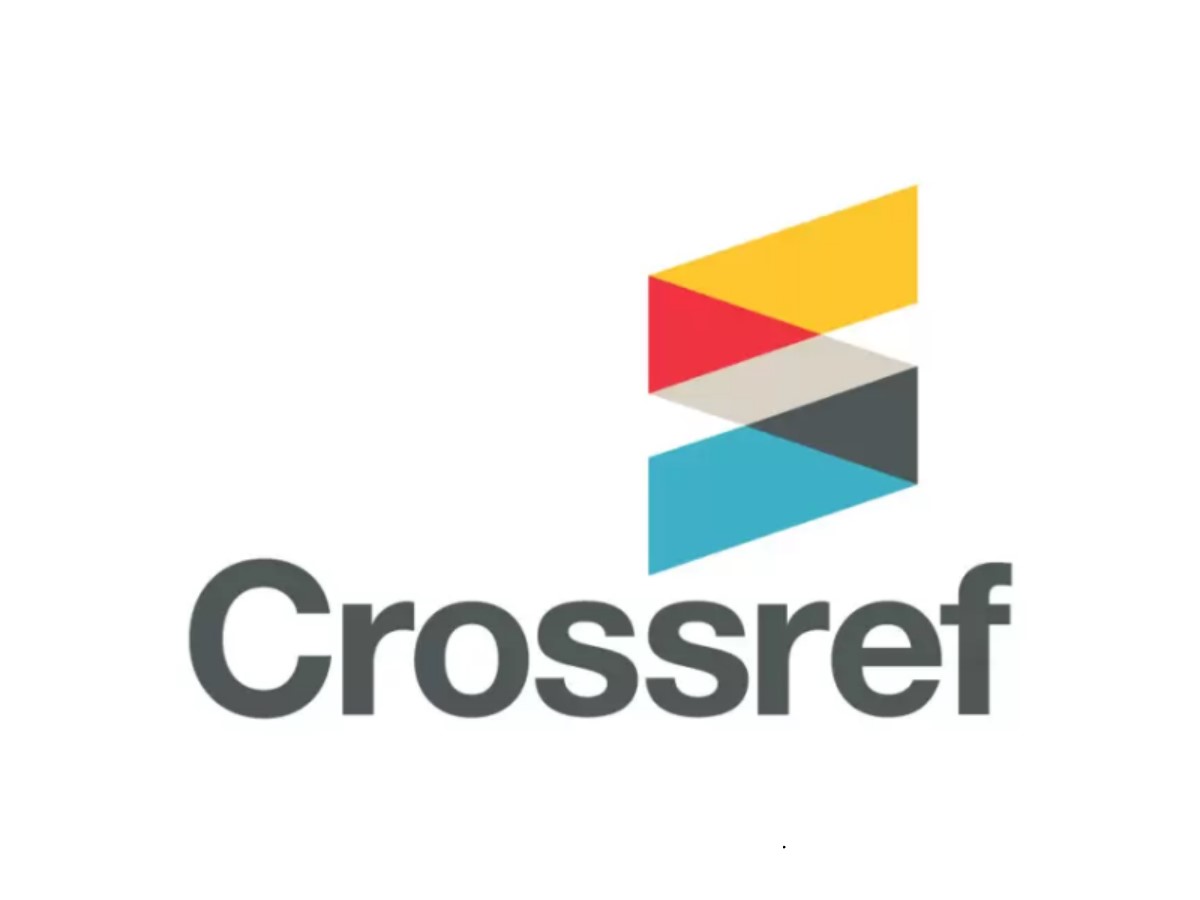CHARACTERISTICS OF FRACTURE SURFACE AND FATIGUE RESISTANCE IN ASTM A36 STEEL PRESSURE VESSEL MATERIAL
DOI:
https://doi.org/10.53893/austenit.v16i1.7219Keywords:
pressure vessel, ASTM A36 steel, fatigue, scanning electron microscopy (SEM)Abstract
Pressure vessels are equipment in the industrial field to hold pressurized fluids, such as gas, oil and chemicals, ASTM A36 steel is one type of material that can be used in pressure vessels, this steel has good mechanical properties but still has limitations in its fatigue resistance. Pressure vessels receive internal and external loads, this pressure difference results in stress on the wall (shell). This stress can cause material damage, therefore the author conducted fatigue repeated bending and Scanning electron microscopy (SEM) testing to analyze fatigue resistance and fracture surface characteristics. Fatigue testing of 4 specimens with angle variations of 4Ëš, 8Ëš, 11Ëš and 13Ëš resulted in a cycle count of 1490200 cycles, 400050 cycles, 234200 cycles and 99000 cycles respectively. SEM results of the fracture surface of the 4Ëš and 13Ëš testing angles of ASTM A36 steel showed striation and microvoid coalescence and crack propagation indicating that the fatigue failure that occurred was ductile fracture. Based on the conclusions obtained, it shows that the number of cycles is influenced by the testing stress, which means that at high stresses, the life time of the pressure vessel will be smaller and vice versa.
Downloads
References
ASME. (2015). SECTION II Part A Ferrous Material Specifications (SA-451 to End) 2015 ASME Boiler and Pressure Vessel Code An International Code.
ASME. (2019). SECTION VIII Rules for Construction of Pressure Vessels 2019 ASME Boiler and Pressure Vessel Code An International Code. https://www.asme.org/shop/certification-accreditation.
ASTM. (2008). Standard Specification for Carbon Structural Steel’. www.astm.
Bharati, M., Maity, R., Singh, A., & Paul, S. K. (2024). The fatigue crack growth behavior of hydrogenated 9Cr-1Mo steel: An experimental and numerical study. Fatigue & Fracture of Engineering Materials & Structures, 47(5), 1677–1695. https://doi.org/https://doi.org/10.1111/ffe.14267
Chandra, H. (2019). Analisis Kegagalan Material. UPT. Penerbit dan Percetakan.
Chandra, H., Ammarullah, M. I., Marwani, M., Ellyanie, E., Warizal, W., Aditya, D., Pratiwi, D. K., & Utami, N. P. E. (2024). Preventing environmental and health problems due to LPG transport tank leaks: fatigue and crack behavior of heat-treated steel investigation. Cogent Engineering, 11(1). https://doi.org/10.1080/23311916.2024.2304491
Darmo, S., Soenoko, R., Siswanto, E., & Widodo, T. D. (2018). Study on mechanical properties of pack carburizing SS400 steel with energizer pomacea canalikulata lamarck shell powder. International Journal of Mechanical Engineering and Technology, 9(5), 14–23. https://doi.org/10.30574/gjeta.2022.11.2.0087
H. O. Fuchs, & Stephens, R. I. (1980). Metal Fatigue In Engineering. John Willey & Sons.
Hafidz, M. D., & Chandra, H. (2023). Karakteristik patah dan ketahanan lelah besi cor malleable. 14(1), 307–315. https://doi.org/10.21776/jrm.v14i1.1292
Humaidi, M. H., Suryono, A. F., & Hestiawan, H. (2022). Pengaruh Variasi Arus Listrik Terhadap Nilai Kekerasan Hasil Lasan Baja ASTM A36 Variation Effect of Electrical Current on The Hardness Value of ASTM A36 Steel Welding (Vol. 6, Issue 1). https://doi.org/10.33369/rekayasamekanika.v6i1.25451
Li, H. F., liu, Y. Q., Zhang, P., & Zhang, Z. F. (2023). A full-stage fatigue crack growth model for metallic materials. International Journal of Fatigue, 172, 107662. https://doi.org/https://doi.org/10.1016/j.ijfatigue.2023.107662
Megyesy, E. F. (2008). Pressure vessel handbook. Pressure Vessel Pub.
Moss, D., & Basic, M. (2013). Pressure_Vessel_Design_Manual. 1–832.
Nugraha, H., Kusumaningtyas, I., & Miasa, I. M. (2022). Analisis Buckling dan Tegangan Bejana Tekan Horisontal pada Tekanan Kerja Eksternal. Journal of Mechanical Design and Testing, 4(2), 58. https://doi.org/10.22146/jmdt.63592
Pineau, A., Benzerga, A. A., & Pardoen, T. (2016). Failure of metals I: Brittle and ductile fracture. Acta Materialia, 107, 424–483. https://doi.org/https://doi.org/10.1016/j.actamat.2015.12.034
Pratowo, B., & Apriansyah, N. (2016). Analisis Kekuatan Fatik Baja Karbon Rendah SC10 Dengan Tipe Rotary Bending. 2, 49–58.
Schneller, W., Leitner, M., Maier, B., Grün, F., Jantschner, O., Leuders, S., & Pfeifer, T. (2022). Artificial intelligence assisted fatigue failure prediction. International Journal of Fatigue, 155, 106580. https://doi.org/https://doi.org/10.1016/j.ijfatigue.2021.106580
Siswanto, B., Teknik Mesin, J., Teknik, F., Wastukancana, S., & Cikopak No, J. (2021). Jurnal Sustainable: Jurnal Hasil Penelitian dan Industri Terapan. 10(01), 37–44.
Suryana, D., Sani, A. A., & Sepriyanto, D. (2015). Pengaruh Dept of Cut Dan Feedrate Dengan Cutter Diameter 60 Mm Terhadap Kerataan Permukaan Material Astm a36 Pada Mesin Mitsubishi Cnc-Mill 3a. Jurnal Austenit, 7(April), 1–6. https://doi.org/https://doi.org/10.5281/zenodo.4547522
Wciślik, W., & Lipiec, S. (2022). Void-Induced Ductile Fracture of Metals: Experimental Observations. In Materials (Vol. 15, Issue 18). MDPI. https://doi.org/10.3390/ma15186473
Wiryosumarto, H., & Okumura, T. (2000). Teknologi Pengelasan Logam.
Downloads
Published
How to Cite
Issue
Section
License
Copyright (c) 2024 Authors and Publisher

This work is licensed under a Creative Commons Attribution-ShareAlike 4.0 International License.
The Authors submitting a manuscript do so on the understanding that if accepted for publication, Authors retain copyright and grant the AUSTENIT right of first publication with the work simultaneously licensed under a Creative Commons Attribution-ShareAlike License that allows others to share the work with an acknowledgment of the work's authorship and initial publication in this journal.
AUSTENIT, the Editors and the Advisory International Editorial Board make every effort to ensure that no wrong or misleading data, opinions or statements be published in the journal. In any way, the contents of the articles and advertisements published in AUSTENIT are the sole responsibility of their respective authors and advertisers.














